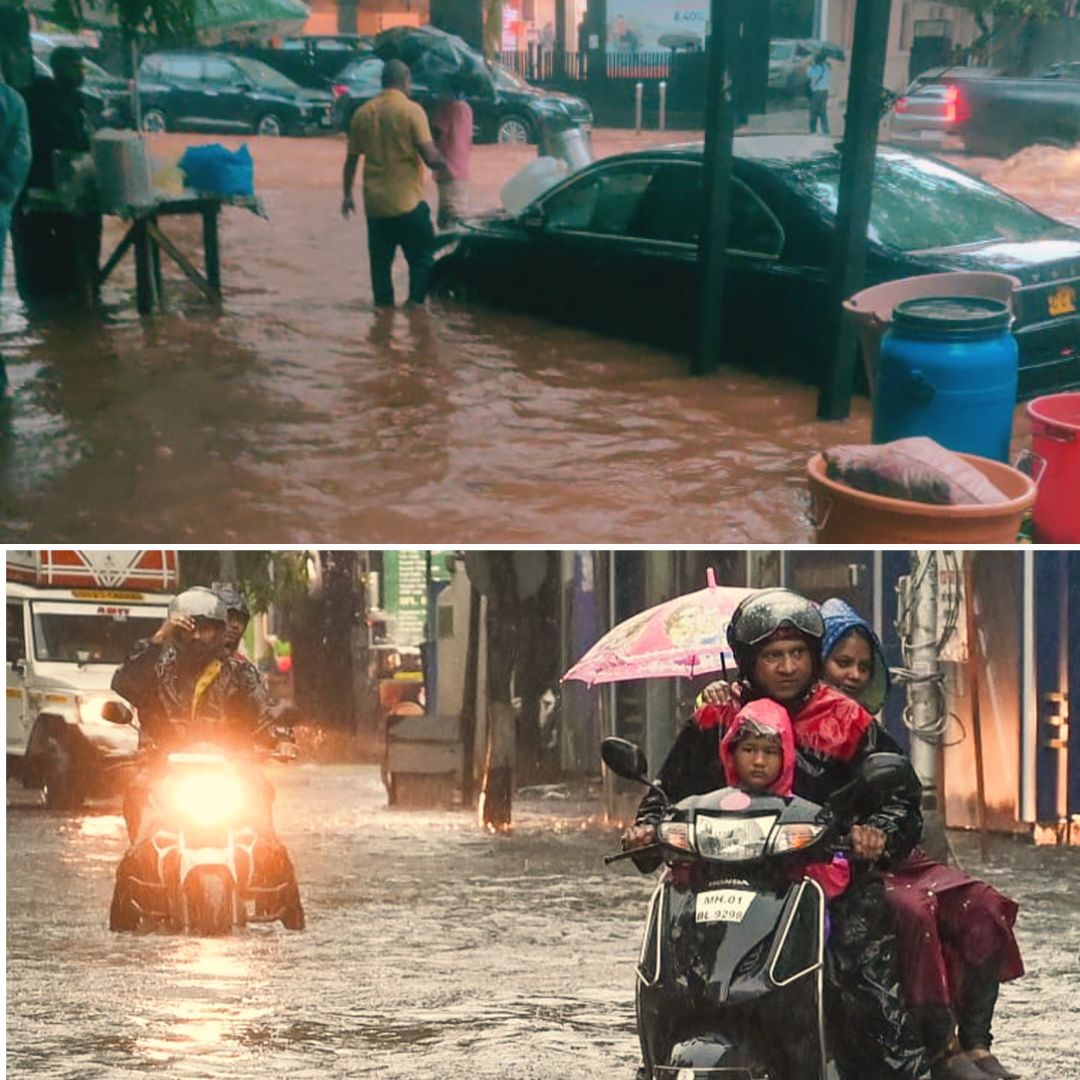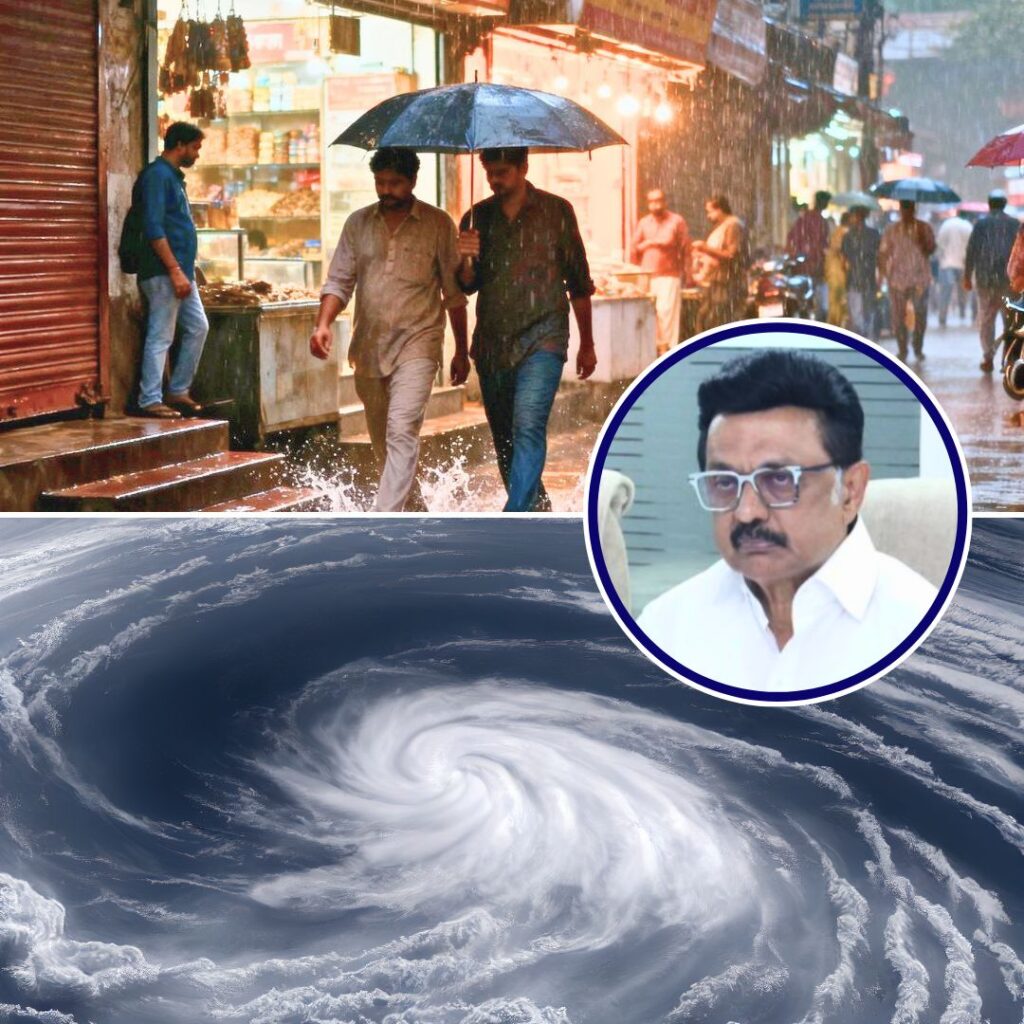Mumbai witnessed an extraordinary weather event on Monday, 26 May 2025, as it recorded the heaviest rainfall for the month of May in 107 years. The Colaba observatory measured 135 mm of rain within 24 hours, breaking the previous record set in 1918.
This early and intense downpour prompted the India Meteorological Department (IMD) to issue a red alert for the city, warning residents of continued heavy showers and thunderstorms.
The sudden onset of the monsoon, arriving nearly ten days ahead of schedule, caused widespread waterlogging, traffic chaos, and disruption to daily life. City officials urged people to stay indoors and avoid unnecessary travel while emergency services worked to clear flooded areas and fallen debris.
Historic Downpour Brings Mumbai to a Halt
The rainfall recorded on Monday marks the highest for May since 1918, with the Colaba observatory logging a total of 295 mm for the month so far, surpassing the century-old record of 279.4 mm. Areas like Nariman Point and the Colaba Fire Station reported over 100 mm of rain in just one hour, leading to severe waterlogging in low-lying neighbourhoods and major traffic jams on arterial roads.
Commuters faced long delays as local trains operated at reduced speeds due to waterlogged tracks. Sushma Nair, a senior scientist at the IMD, explained, “The southwest monsoon has set in earlier than expected due to persistent rainfall in the Konkan region and Raigad district.
This has caused heavy showers in Mumbai, leading to record-breaking rainfall figures.” The Brihanmumbai Municipal Corporation (BMC) reported multiple incidents of fallen trees and blocked drains, and emergency teams were deployed to clear roads and assist stranded residents.
Early Monsoon Arrival and Its Implications
The southwest monsoon arrived in Mumbai on 25 May, nearly ten days ahead of the usual onset date, making it the earliest in 35 years. The IMD initially issued a yellow alert, which was quickly escalated to a red alert as the intensity of rainfall increased.
While Mumbai often experiences heavy rainfall during the peak monsoon months of July and August, such intense pre-monsoon showers are rare and pose unique challenges. The IMD noted that the city’s infrastructure, including drainage systems, is typically designed to handle monsoon rains starting in June, making it vulnerable to early and heavy downpours.
The last comparable event was during Cyclone Tauktae in 2021, but this year’s May rainfall has exceeded those levels, raising concerns about the city’s preparedness in the face of changing climate patterns.
#InPhotos | Heavy rainfall causes significant waterlogging in Mumbai’s Sion area, leading to traffic disruptions and commuter inconvenience. IMD said that the depression over Madhya Maharashtra had moved nearly east-northeastwards with a speed of 20 kilometers per hour over the… pic.twitter.com/xrPbDj79v0
— Hindustan Times (@htTweets) May 26, 2025
The Logical Indian’s Perspective
Mumbai’s record-breaking rainfall is a wake-up call highlighting the urgent need for climate-resilient urban planning and improved disaster management. While the early monsoon arrival offers respite from the scorching heat, it also exposes the city’s infrastructural weaknesses and the disproportionate impact on vulnerable communities.
The frequent disruption to daily life, loss of property, and risks to safety underscore the importance of proactive measures such as upgrading drainage systems, enhancing early warning mechanisms, and promoting community awareness.
As Mumbaikars unite to overcome these challenges, it is crucial to foster a spirit of empathy, cooperation, and preparedness. How can Mumbai’s citizens, authorities, and planners collaborate to build a safer, more resilient city capable of withstanding such extreme weather events?











